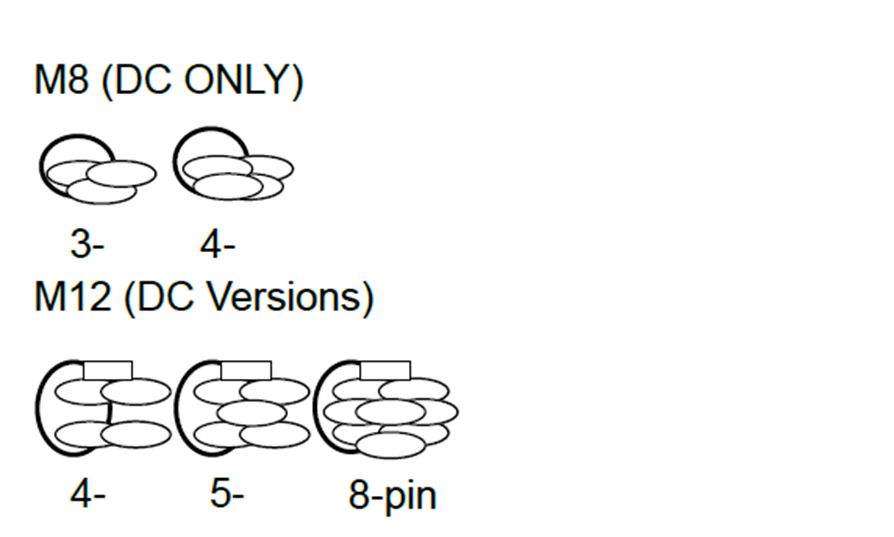 Selecting an industrial sensor can be daunting. With so many different sensing technologies and the endless variety of products on the market, how is it possible to find that one ideal sensor for your application?
Selecting an industrial sensor can be daunting. With so many different sensing technologies and the endless variety of products on the market, how is it possible to find that one ideal sensor for your application?
We’ve found that it’s not as much about selecting the right sensor, but more about eliminating all the wrong ones.
Step 1: Determine Type of Sensing
Does the sensor determine a process parameter (e.g., temperature, pressure, flow, torque . . .), the presence of an object, the distance to a target, or the position of an object or mechanism?
Step 2: Composition of Target
What is the material composition of the object: metallic, non-metallic, magnetic, solid, liquid, etc.?
Step 3: Distance to Target Object
How far away from the object can the sensor be mounted?
Step 4: Sensor Size/Shape
Do you have space limitations? What sort of physical size or shape best fits my application? Size matters!
Step 5: Control Interface
What kind of controller interface and switching logic is required? Are PNP or NPN sensor outputs needed for the controller? Is NO or NC and dark or light switching state needed?
Step 6: Wiring Type
How do I want to make the electrical connection? The most common connection types are M8 and M12.
Step 7: Special Requirements
Are there any special application requirements such as high temperatures, nearby welding processes or high-pressure wash-down procedures?
With these steps in mind, you should be able to select the best sensor(s) for your application! If you’re still not sure, email sensorhelp@sick.com. Our team of application engineers and technical support personnel are always ready to help you find the right sensor for your application.
Download the entire Tech Tuesday presentation: How to Choose the Right Sensor.






